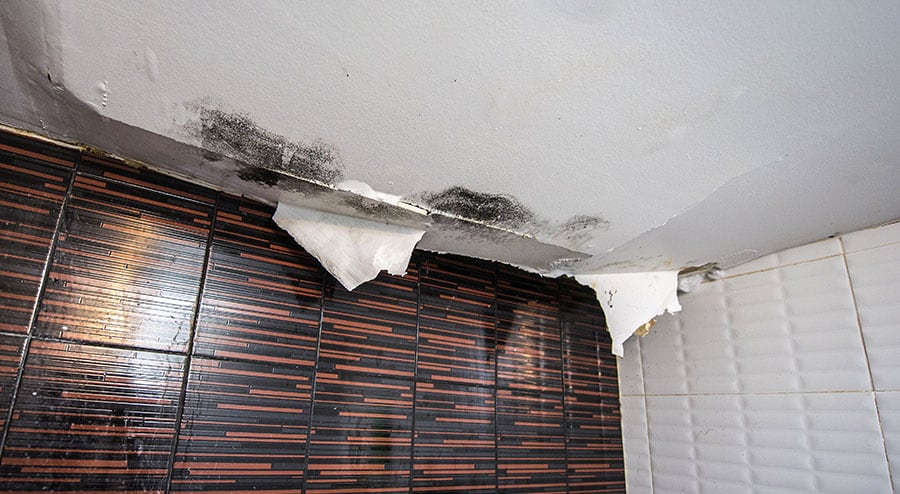Do's & Don'ts of Water Damage.
Do's & Don'ts of Water Damage.
Blog Article
This article below about Safety Tips To Prevent Fire And Water Damage is exceptionally intriguing. Have a go and make your own personal results.

Water offers life, however water intrusion on some parts where it's not meant to be can result in damage and also aggravation. In addition, residences with water damages odor old as well as moldy.
Water can originate from lots of sources like typhoons, floodings, ruptured pipelines, leakages, and also sewage system concerns. It's much better to have a working understanding of safety and security precautions if you have water damages. Here are a few guidelines on how to deal with water damage.
Do Prioritize Home Insurance Coverage Protection
Seasonal water damages can originate from floodings, seasonal rainfalls, and wind. There is also an occurrence of a sudden flood, whether it came from a defective pipe that suddenly bursts into your home. To protect your residence, obtain house insurance coverage that covers both acts of God such as all-natural disasters, and also emergency situations like damaged plumbing.
Don't Neglect to Turn Off Energies
When catastrophe strikes and also you remain in a flood-prone area, turn off the main electrical circuit. Shutting off the power protects against
When water comes in as water offers as a conductor, electric shocks. Don't fail to remember to turn off the main water line shutoff as a way to stop even more damage.
If the floodwaters are obtaining high, keep your furnishings steady as they can move around and also trigger additional damages.
Do Keep Proactive and Heed Weather Condition Notifies
If you live in a location afflicted by floodings, remain ready as well as proactive at all times. Pay attention to the information and emptying cautions if you live near a body of water like a creek, river, or lake.
Do Not Neglect the Roofing System
Your roofing contractor ought to take treatment of the damaged rain gutters or any kind of various other signs of damages or weakening. An inspection will certainly stop water from moving down your wall surfaces and soaking your ceiling.
Do Pay Attention to Small Leakages
A burst pipeline does not occur in a vacuum cleaner or overnight. There are warnings that can draw your interest as well as suggest to you some damaged pipes in your house. Indicators of warnings in your pipelines include gurgling paint, peeling wallpaper, water touches, water spots, or trickling sounds behind the walls. There are signs that the pipeline will certainly rupture. Do not wait for a rise if you see these indicators. Repair work and examine your plumbing repaired before it causes huge damages to your house, funds, and also a personal headache.
Don't Panic in Case of a Burst Pipeline
Timing is vital when it comes to water damages. If a pipeline bursts in your residence, promptly shut off your main water shutoff to reduce off the source and protect against even more damage. Call a reliable water damages restoration professional for help.
Water provides life, however water invasion on some parts where it's not expected to be can result in damages and also aggravation. In enhancement, houses with water damages scent old as well as mildewy.
Seasonal water damage can come from floodings, seasonal rainfalls, as well as wind. Indicators of red flags in your pipelines consist of bubbling paint, peeling wallpaper, water streaks, water spots, or trickling sounds behind the walls. If a pipeline ruptureds in your home, instantly shut off your main water shutoff to reduce off the source as well as avoid even more damage.
Some Do's & Don't When Dealing with a Water Damage
DO:
Make sure the water source has been eliminated. Contact a plumber if needed. Turn off circuit breakers supplying electricity to wet areas and unplug any electronics that are on wet carpet or surfaces Remove small furniture items Remove as much excess water as possible by mopping or blotting; Use WHITE towels to blot wet carpeting Wipe water from wooden furniture after removing anything on it Remove and prop up wet upholstery cushions for even drying (check for any bleeding) Pin up curtains or furniture skirts if needed Place aluminum foil, saucers or wood blocks between furniture legs and wet carpet Turn on air conditioning for maximum drying in winter and open windows in the summer Open any drawers and cabinets affected for complete drying but do not force them open Remove any valuable art objects or paintings to a safe, dry place Open any suitcases or luggage that may have been affected to dry, preferably in sunlight Hang any fur or leather goods to dry at room temperature Punch small holes in sagging ceilings to relieve trapped water (don't forget to place pans beneath!); however, if the ceiling is sagging extremely low, stay out of the room and we'll take care of it DO NOT:
Leave wet fabrics in place; dry them as soon as possible Leave books, magazines or any other colored items on wet carpets or floor Use your household vacuum to remove water Use TV's or other electronics/appliances while standing on wet carpets or floors; especially not on wet concrete floors Turn on ceiling fixtures if the ceiling is wet Turn your heat up, unless instructed otherwise

I am just very fascinated with Preventing Fires and Water Damage In Your Home and I'm hoping you enjoyed the article. Sharing is caring. Helping others is fun. Thanks a lot for your time. Kindly stop by our blog back soon.
Report this page